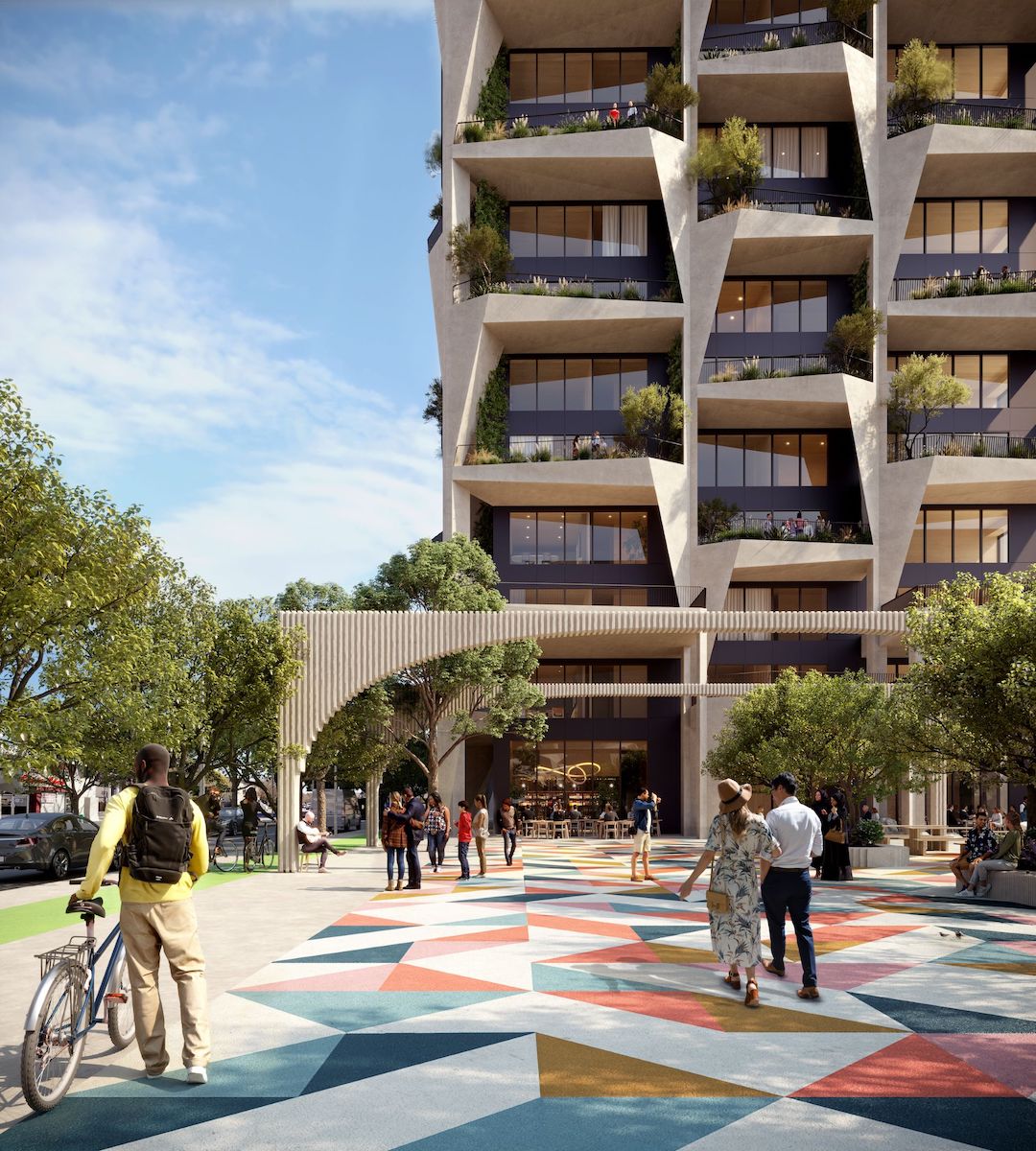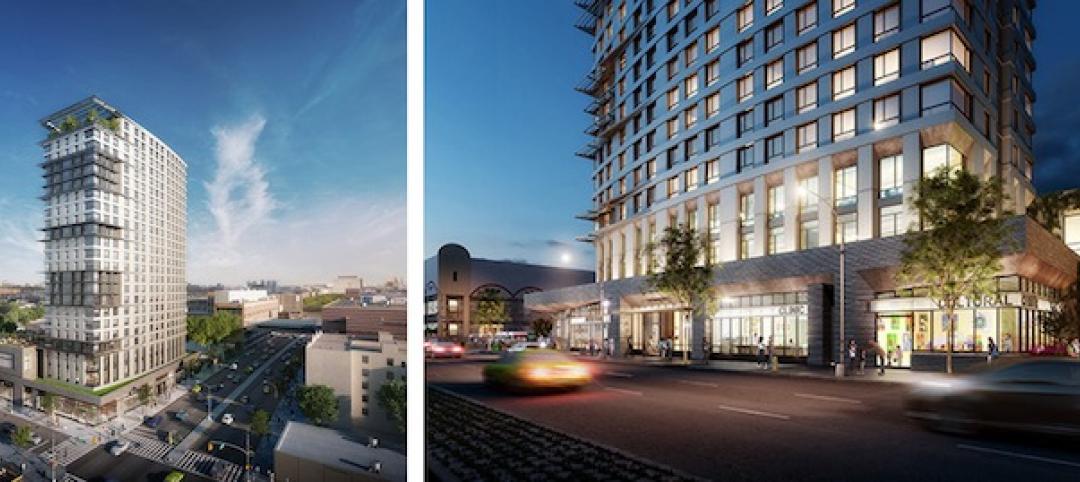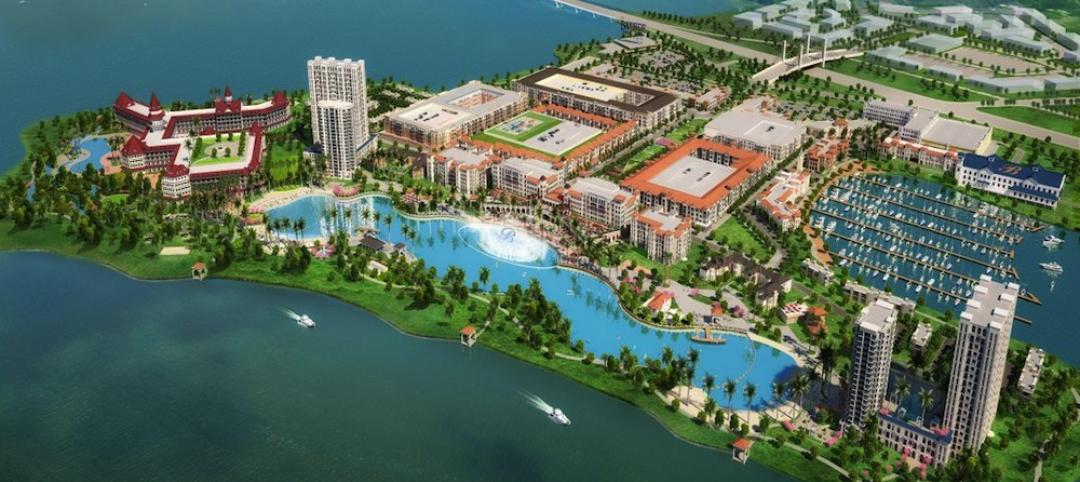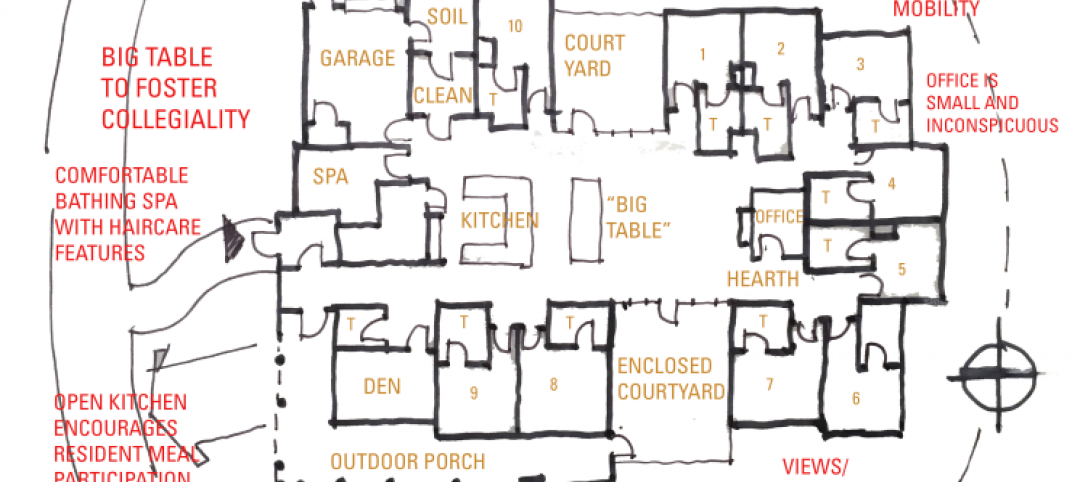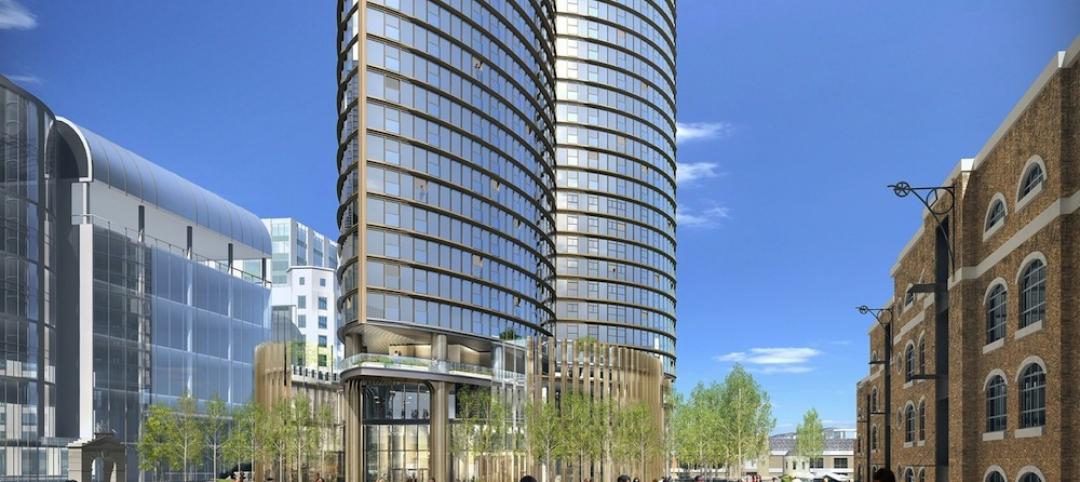Nabr, a first-of-its-kind residential development company co-founded by Bjarke Ingels, Toni Bahar, and Nicholas Chim, is hoping to reimagine the future of urban living by offering personalized, sustainable urban homes that will be co-designed with each resident.
The “people-first” company has a five-step process that allows residents to purchase and customize their homes. The first step is to join the waitlist and answer a short questionnaire explaining any needs or desires for the home. When an apartment becomes available, Nabr will reach out to move forward to the next step.
Step two is to customize the home. Buyers will receive an invite to Nabr’s Design Studio to select and customize the home from a curated list of layouts, interiors, and optional upgrades. Step three allows buyers to choose their path to ownership. Buyers can buy upfront or qualify for Nabr’s LEAP program to lock in the purchase price on day one while paying a monthly lease and earning credits toward the home purchase. Step four sees buyers reserving the home with a $1,000 refundable reservation fee, and step 5 is to officially pre-order the home with a non-refundable deposit as low as 1% of the home’s purchase price.

SoFa One, located in downtown San Jose, will be the company’s first development. It will include 125 personalized, sustainable homes in studio, one-, two-, and three-bedroom+ layouts. SoFa One, as well as all subsequent Nabr developments, will feature View Smart Windows. View Smart Windows automatically adjust to provide continuous access to natural light and outdoor views while minimizing heat and glare. The windows reduce energy consumption for cooling and lighting by up to 20%. Nabr developments will also use View’s cloud-connected smart building network, View Net, to power all connected products such as smart locks, access controls, air quality sensors, smart thermostats, and parking.
Prices for SoFa One apartments will start in the high $700Ks. The development is expected to break ground in summer 2022 with occupancy expected by summer 2023.
Related Stories
Multifamily Housing | May 19, 2016
Architect Jean Nouvel designs flood-resilient Monad Terrace in Miami Beach
A man-made lagoon with lush vegetation at the base of the complex is expected to adapt to climate change and rising sea levels.
Green | May 16, 2016
Development team picked for largest Passive House project in North America
The 24-story curved building would be 70% more efficient than comparable housing in New York City.
Multifamily Housing | May 12, 2016
Micro apartment complex planned for artsy Austin district
Indie Apartments will consist of 139 one- and two-bedroom units at 350- and 520-sf each.
Mixed-Use | May 1, 2016
A man-made lagoon with a Bellagio-like fountain will be the highlight of a mixed-use project outside Dallas
Construction will soon begin on housing, retail, and office spaces.
Senior Living Design | Apr 14, 2016
Creating a home for eldercare using the ‘Green House’ design concept
VOA Associates’ Douglas King offers design considerations in implementing the Green House concept in eldercare for continuing care retirement communities.
Multifamily Housing | Apr 7, 2016
Multifamily and Specialized Housing projects honored in 2016 AIA Housing Awards
A San Francisco low-income mixed-use complex, a Los Angeles homeless veterans housing facility, and a series of student residential buildings at UMass were among the winners.
Multifamily Housing | Mar 10, 2016
Access and energy control app clicks with student housing developers and managers
Ease of installation is one of StratIS’s selling features.
Multifamily Housing | Mar 7, 2016
Multifamily developers face steep costs for violating Fair Housing Act
Designers without previous multifamily experience could overlook key provisions.
High-rise Construction | Mar 3, 2016
HOK’s Hertsmere House will be Western Europe’s tallest residential tower
Recently approved for development, the 67-story building will have more than 900 units.
University Buildings | Feb 29, 2016
4 factors driving the student housing market
In the hyper-competitive higher education sector, colleges and universities view residence halls as extensions of their academic brands, both on and off campus.


